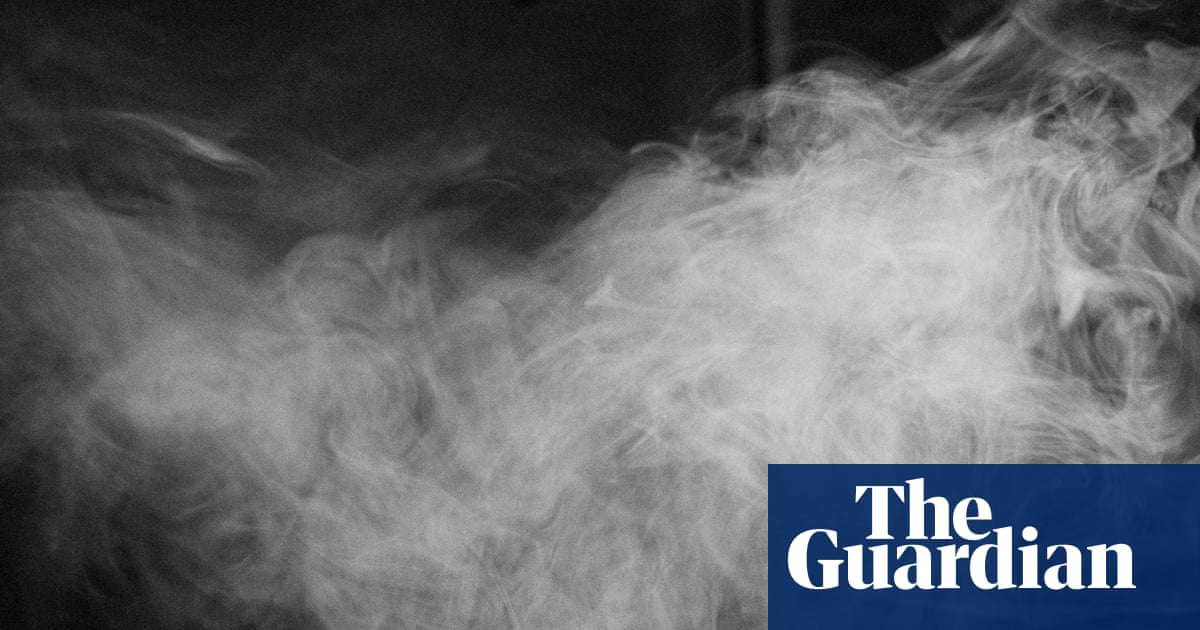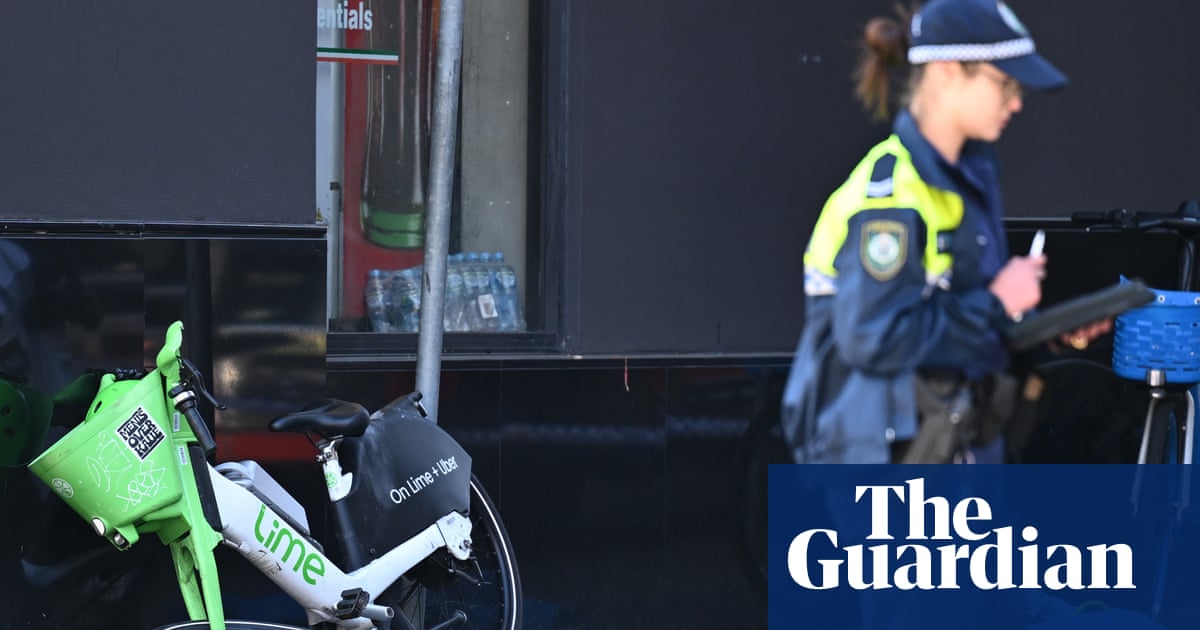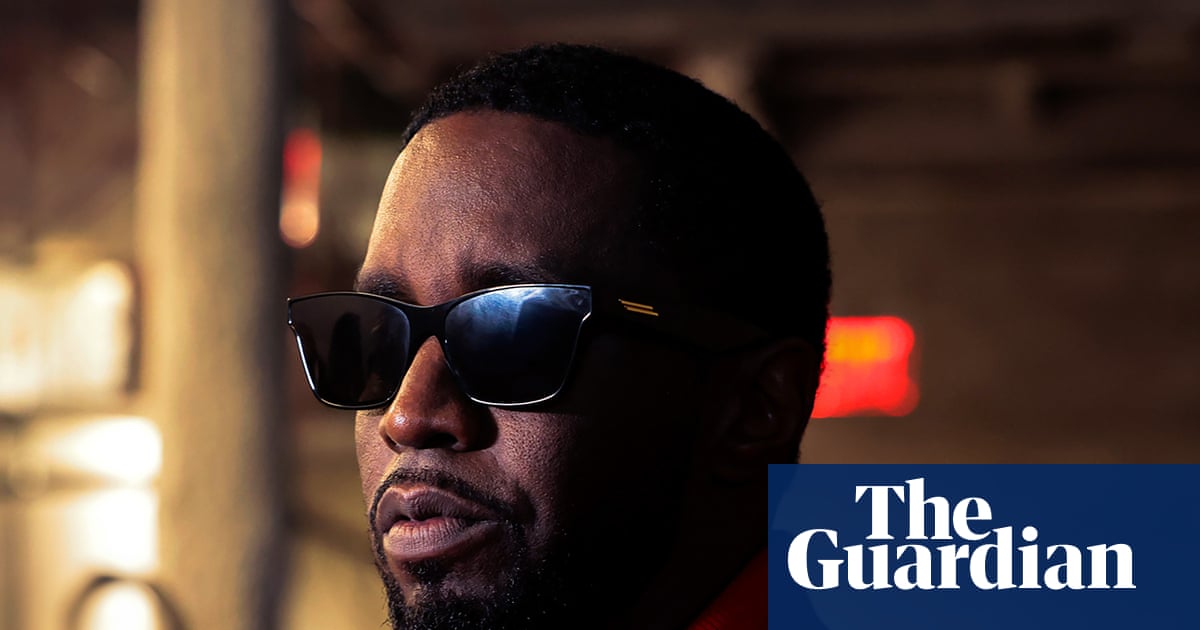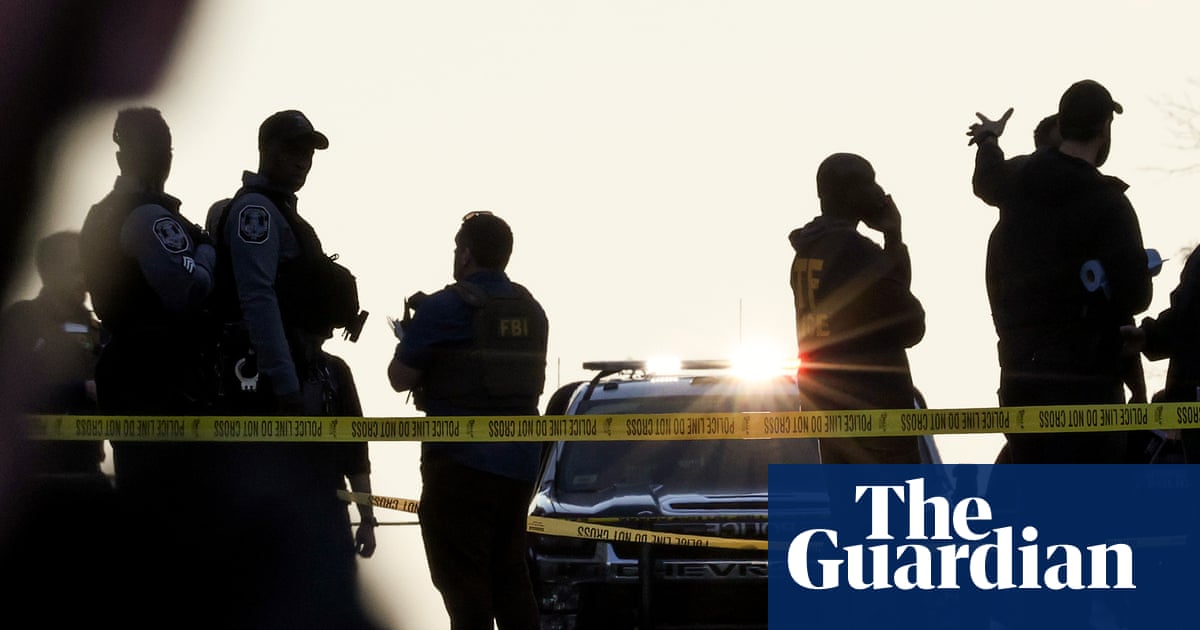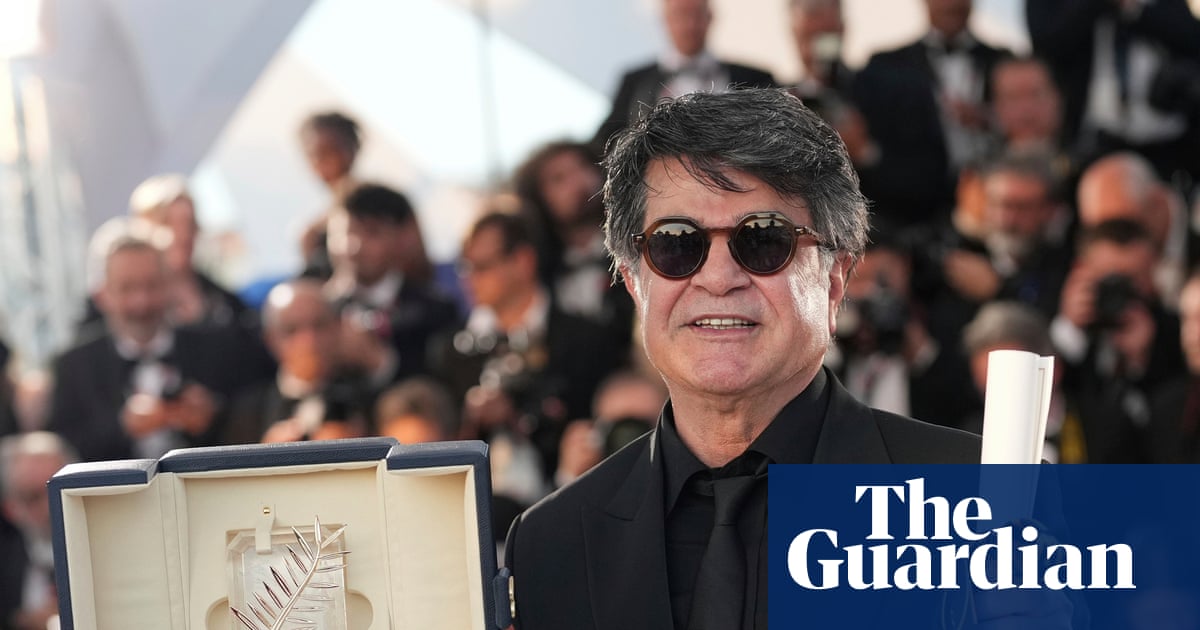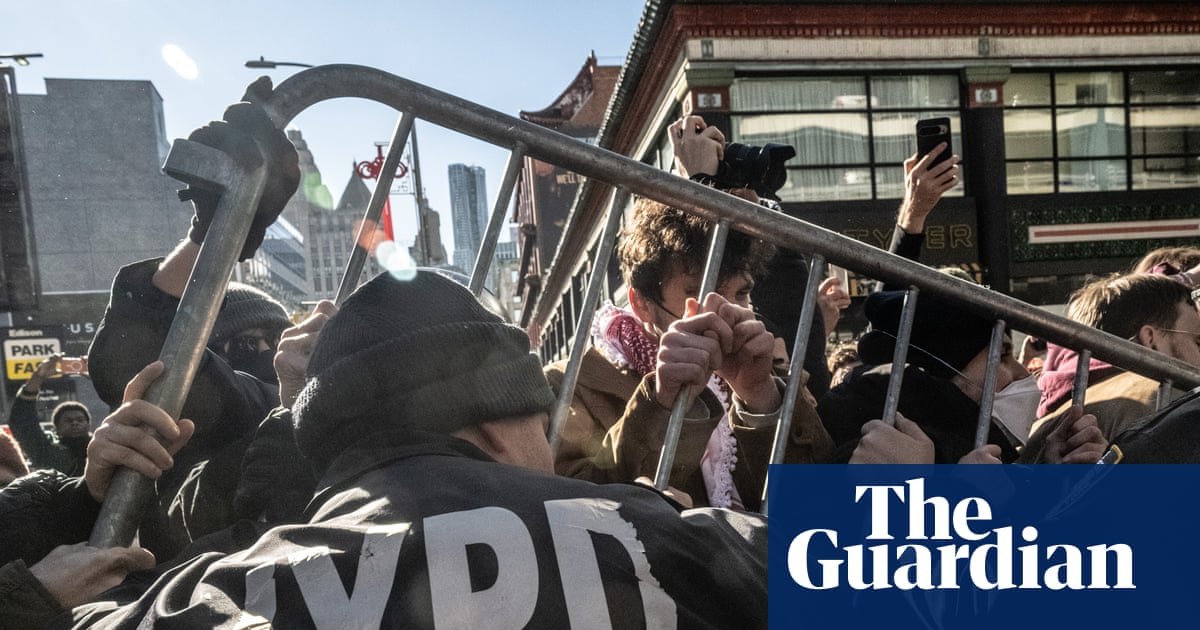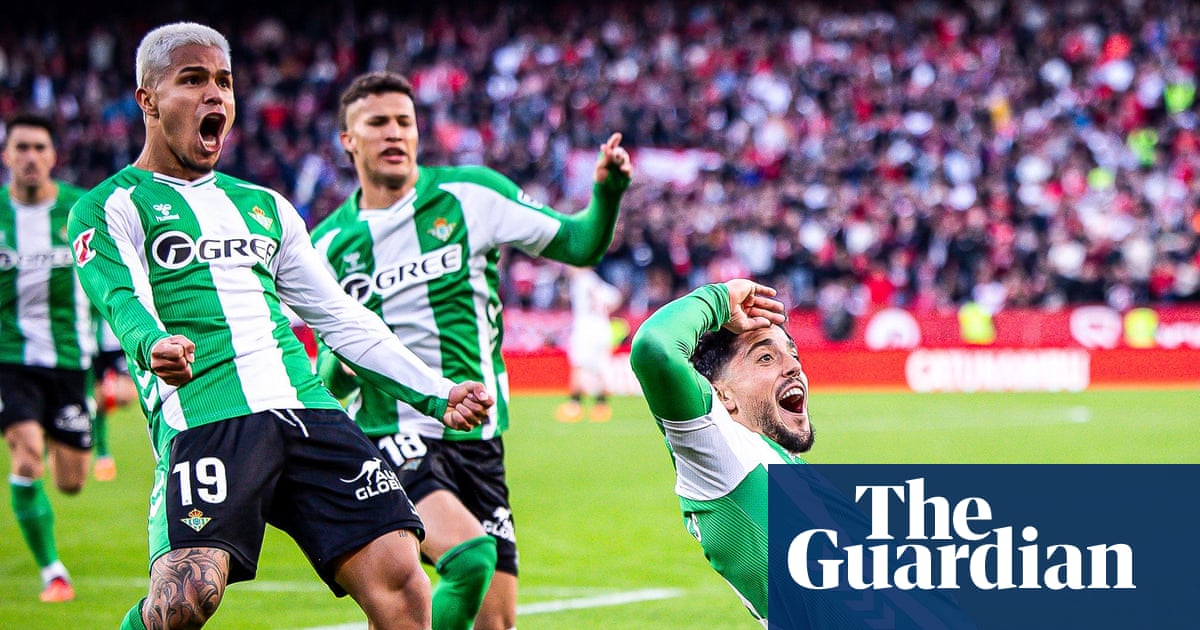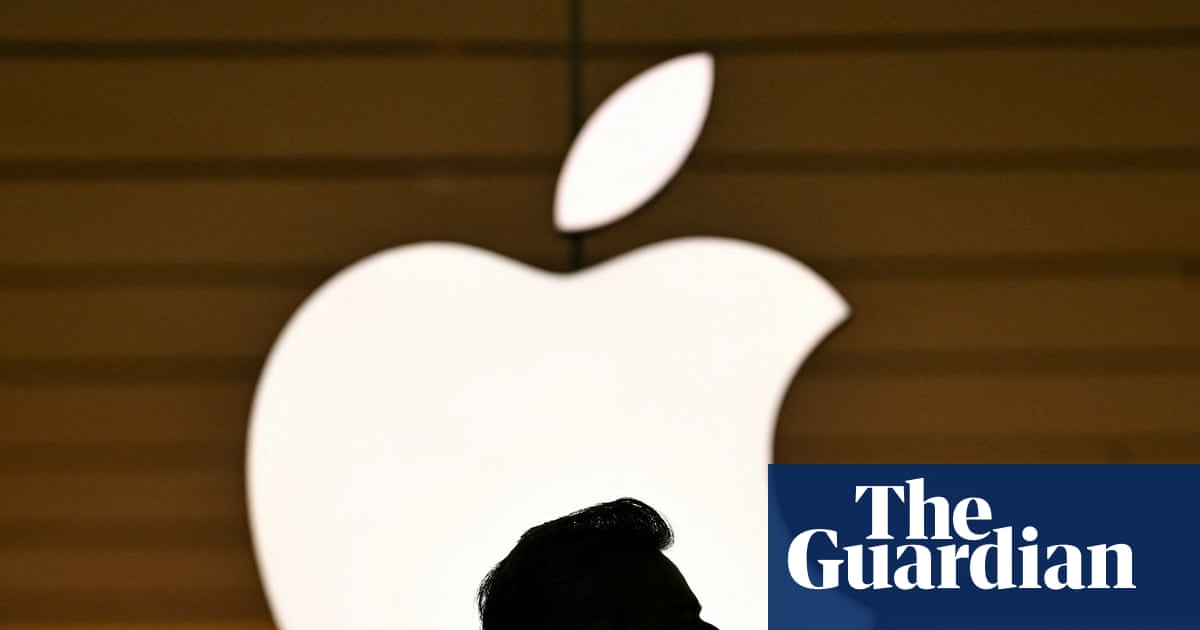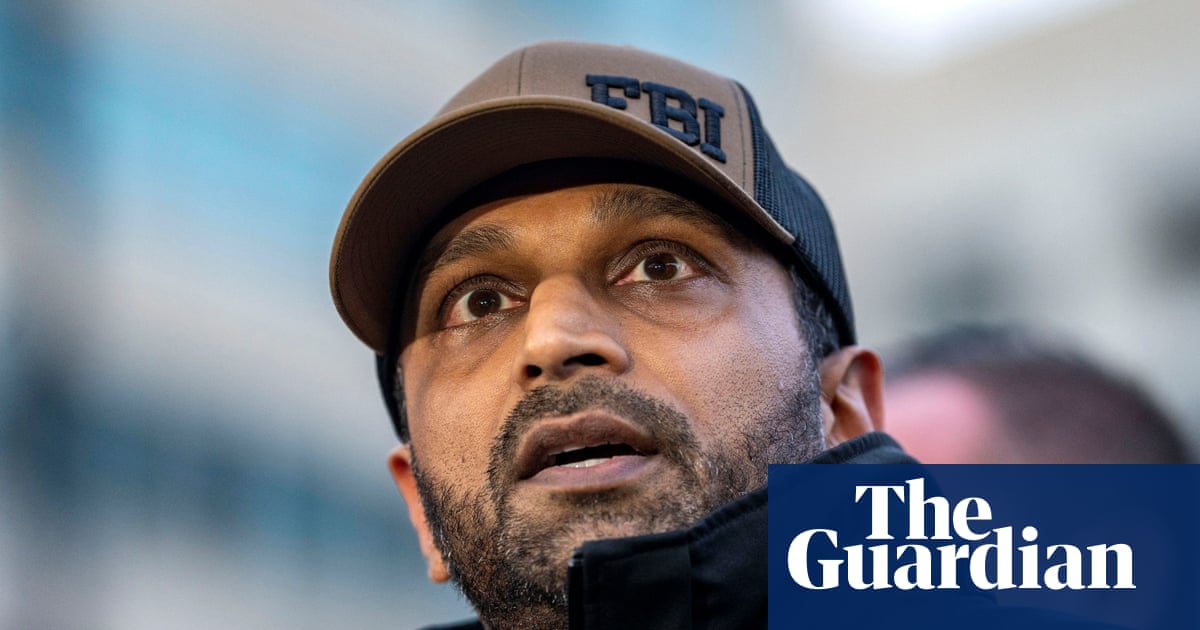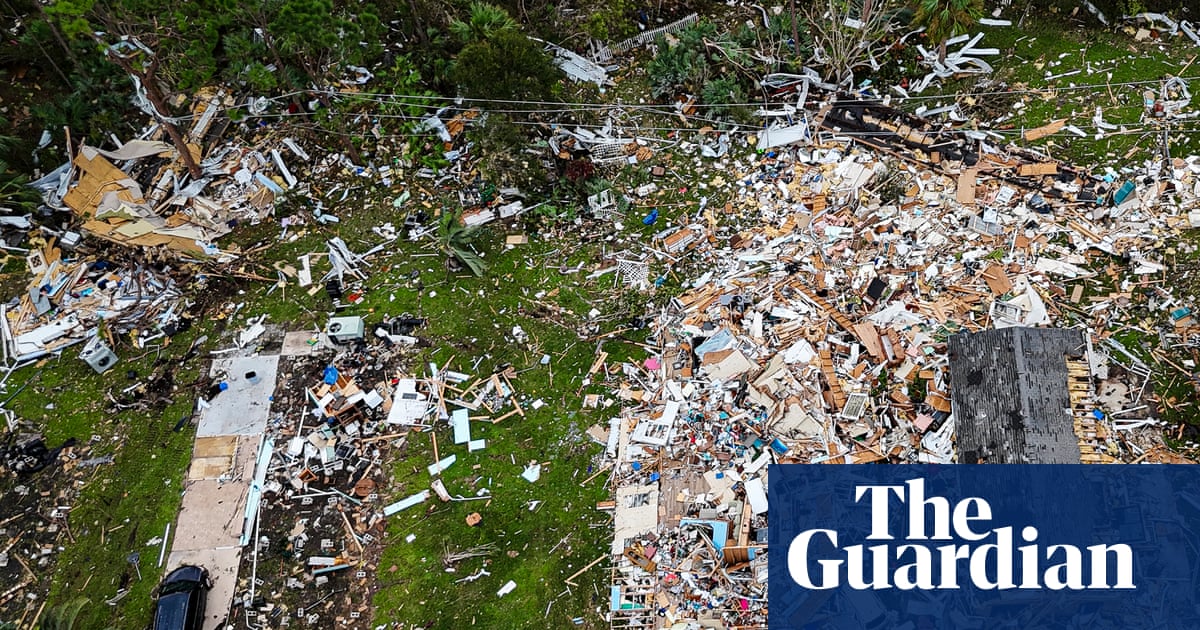King Charles will become the first reigning English monarch since Henry VIII split from Rome in 1534 to pray publicly with a pope during his state visit to the Holy See next week.
The king will join Pope Leo XIV at an ecumenical service in the Sistine Chapel during his visit with the queen to the Vatican on 22-23 October, a gesture regarded as a “significant moment” in relations between the Catholic church and the Church of England, of which Charles is supreme governor.
The royals will also visit the Basilica of St Paul Outside the Walls, whose connections with the English crown stretch back to Saxon rulers, including the kings Offa and Æthelwulf, when they provided for the upkeep of St Paul the apostle’s tomb inside the papal basilica.
In another gesture of goodwill, the king has agreed to the pope’s suggestion that he will become “royal confrater” of the abbey. This gift of “confraternity” is a recognition of spiritual fellowship.
A special seat has been created for the monarch that will remain in the basilica as a perpetual mark of mutual respect between Pope Leo and the king as heads of state. Decorated with the king’s coat of arms, he will use the chair during an ecumenical service in the abbey, after which it will remain in the apse of the basilica for future use by his heirs and successors.
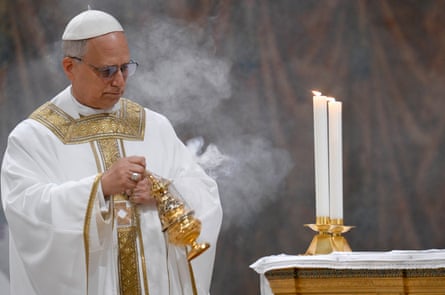
A Buckingham Palace spokesperson said: “This will be the first state visit, since the Reformation, where the pope and the monarch will pray together in an ecumenical service in the Sistine Chapel, and the first time the monarch will have attended a service in St Paul’s Outside the Walls, a church with an historic connection to the English crown.”
A Church of England spokesperson said praying with the pope and the king’s acceptance of the title “royal confrater” was against the backdrop of centuries marked by “mutual distrust” between the English state and the papacy, which softened during the development of the ecumenical movement in the early 20th century, and with Anglicans and Catholics continuing the search for unity today.
The royal confrater title, “whilst it confers no duties or obligations on the king and makes no changes whatsoever to the formal constitutional and ecclesiastical position of his majesty as supreme governor of Church of England, is a tribute to his majesty and to his own work over many decades to find common ground between faiths and to bring people together,” the spokesperson said.
A UK Foreign Office spokesperson said that at a time of global instability and conflict, “the UK’s relationship with the Holy See is more important than ever – and this historic state visit will be a key moment to strengthen this relationship”.
Queen Elizabeth II was the first British monarch since the Reformation to make an official visit to the Holy See, in 1961.

 1 month ago
37
1 month ago
37


